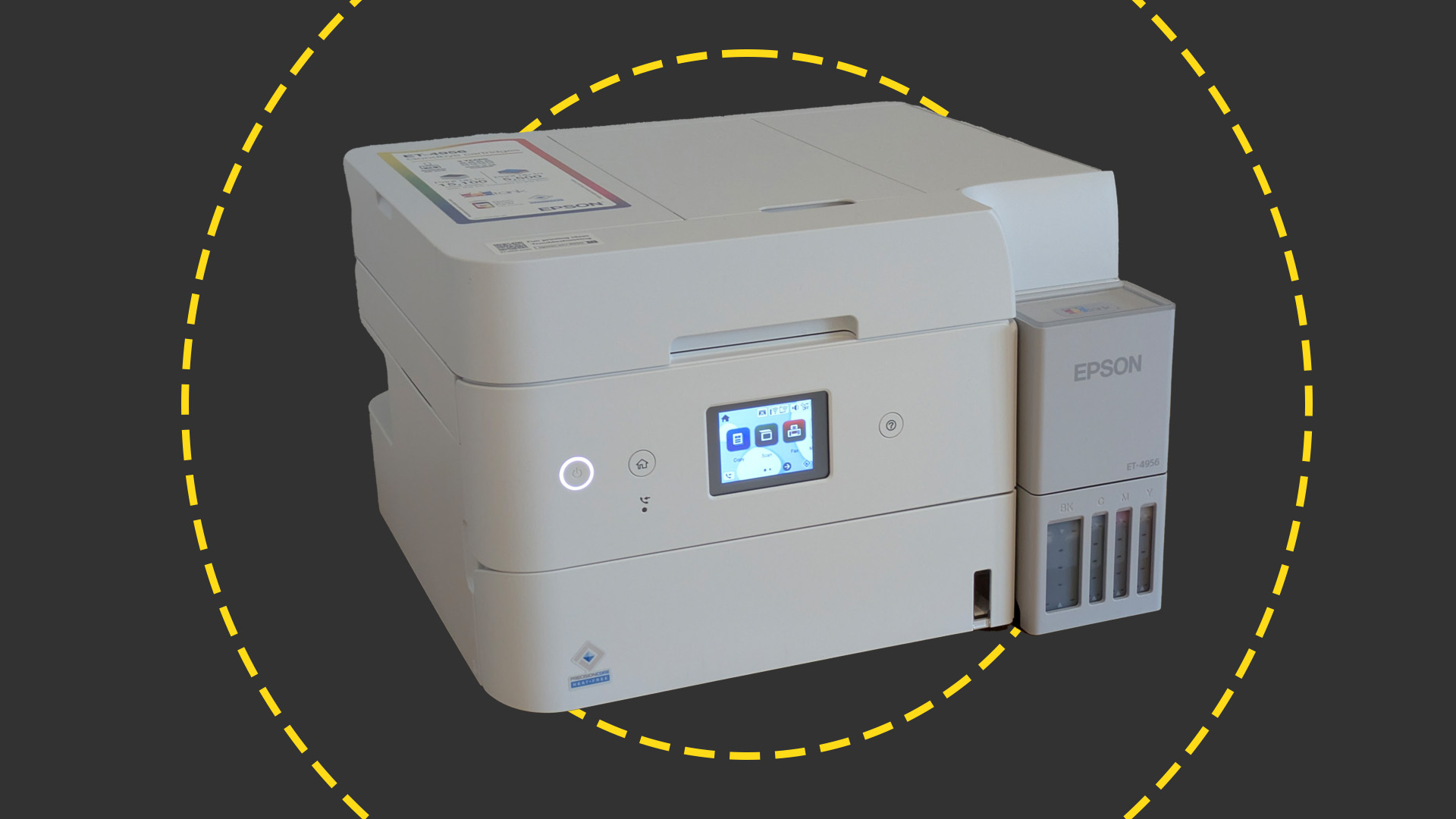Weekly threat roundup: Froala, WordPress, Siemens
Pulling together the most dangerous and pressing flaws that businesses need to patch


Patch management is far easier said than done, and security teams may often be forced into prioritising fixes for several business-critical systems, all released at once. It's become typical, for example, to expect dozens of patches to be released on Microsoft's Patch Tuesday, with other vendors also routinely getting in on the act.
Below, IT Pro has collated the most pressing disclosures from the last seven days, including details such as a summary of the exploit mechanism, and whether the vulnerability is being exploited in the wild. This is in order to give teams a sense of which bugs and flaws might pose the most dangerous immediate security risks.
XSS flaw found in Froala web editor
Bishop Fox researcher Chris Davis has uncovered a cross-site scripting (XSS) vulnerability in the Froala website editor used to build roughly 30,000.
Tracked as CVE-2021-28114, the vulnerability affects Foala versions 3.2.5 and earlier and is embedded in its HTML sanitisation parsing protocol, which allows attackers to bypass existing XSS protections. This is a high-risk flaw and can be triggered remotely.
Fraola is a what-you-see-is-what-you-get (WYSIWYG) HTML rich-text editor that's used in third-party sites to provide text editing functionality, including HTML text. The latest version of the application was released on 18 May this year and includes a patch for the flaw.
Critical zero-day found in WordPress plugin
A critical file upload vulnerability in the Fancy Product Designer WordPress plugin has been actively exploited by cyber criminals, according to researchers with Wordfence.
The flaw, tracked as CVE-2021-24370, is rated 9.8 on the CVSS threat severity scale and has been disclosed publicly with minimal details due to the fact it's under active exploitation. Hackers have been abusing the flaw in the plugin, which allows users to upload images and PDF files that can be added to listed products on their sites.
Sign up today and you will receive a free copy of our Future Focus 2025 report - the leading guidance on AI, cybersecurity and other IT challenges as per 700+ senior executives
The flaw is possible to exploit in some configurations even if the plugin has been deactivated. All users, therefore, were initially urged to uninstall Fancy Product Designer until a patched version was made available, although this has now been released.
Siemens fixes series of automation products
Siemens has released patches for a critical memory protection flaw embedded in a set of automation products, which hackers could exploit to run arbitrary code to access memory.
The vulnerability, tagged CVE-2020-15782, is highly critical and affects seven products across Siemens' automation product series SIMATIC S7-1200 and S7-1500 CPU. These appliances are conventionally used to control applications and tasks for medium and complex mechanical engineering and factory plant buildings.
Hackers could exploit these flaws to remotely obtain read-write memory access, which can allow them to read data, as well as use this as a springboard to launch further attacks.
Siemens has strongly advised that operators enable password protection for S8 communication and configure additional access protections. They should also block remote client connections, prevent physical access to critical components, and ensure the vulnerable systems aren't connected to untrusted networks.

Keumars Afifi-Sabet is a writer and editor that specialises in public sector, cyber security, and cloud computing. He first joined ITPro as a staff writer in April 2018 and eventually became its Features Editor. Although a regular contributor to other tech sites in the past, these days you will find Keumars on LiveScience, where he runs its Technology section.
-
 AI Fatigue: Is the backlash against AI already here?
AI Fatigue: Is the backlash against AI already here?Feature The proliferation of AI tools in the market is creating confusion, decision paralysis, and declining productivity…
-
 Epson EcoTank ET-4956 review
Epson EcoTank ET-4956 reviewReviews This refillable inkjet MFP does everything you need in a small office – it's compact and cheap to run, too
-
 Two Fortinet vulnerabilities are being exploited in the wild – patch now
Two Fortinet vulnerabilities are being exploited in the wild – patch nowNews Arctic Wolf and Rapid7 said security teams should act immediately to mitigate the Fortinet vulnerabilities
-
 Everything you need to know about Google and Apple’s emergency zero-day patches
Everything you need to know about Google and Apple’s emergency zero-day patchesNews A serious zero-day bug was spotted in Chrome systems that impacts Apple users too, forcing both companies to issue emergency patches
-
 Security experts claim the CVE Program isn’t up to scratch anymore — inaccurate scores and lengthy delays mean the system needs updated
Security experts claim the CVE Program isn’t up to scratch anymore — inaccurate scores and lengthy delays mean the system needs updatedNews CVE data is vital in combating emerging threats, yet inaccurate ratings and lengthy wait times are placing enterprises at risk
-
 IBM AIX users urged to patch immediately as researchers sound alarm on critical flaws
IBM AIX users urged to patch immediately as researchers sound alarm on critical flawsNews Network administrators should patch the four IBM AIX flaws as soon as possible
-
 Critical Dell Storage Manager flaws could let hackers access sensitive data – patch now
Critical Dell Storage Manager flaws could let hackers access sensitive data – patch nowNews A trio of flaws in Dell Storage Manager has prompted a customer alert
-
 Flaw in Lenovo’s customer service AI chatbot could let hackers run malicious code, breach networks
Flaw in Lenovo’s customer service AI chatbot could let hackers run malicious code, breach networksNews Hackers abusing the Lenovo flaw could inject malicious code with just a single prompt
-
 Industry welcomes the NCSC’s new Vulnerability Research Initiative – but does it go far enough?
Industry welcomes the NCSC’s new Vulnerability Research Initiative – but does it go far enough?News The cybersecurity agency will work with external researchers to uncover potential security holes in hardware and software
-
 Hackers are targeting Ivanti VPN users again – here’s what you need to know
Hackers are targeting Ivanti VPN users again – here’s what you need to knowNews Ivanti has re-patched a security flaw in its Connect Secure VPN appliances that's been exploited by a China-linked espionage group since at least the middle of March.